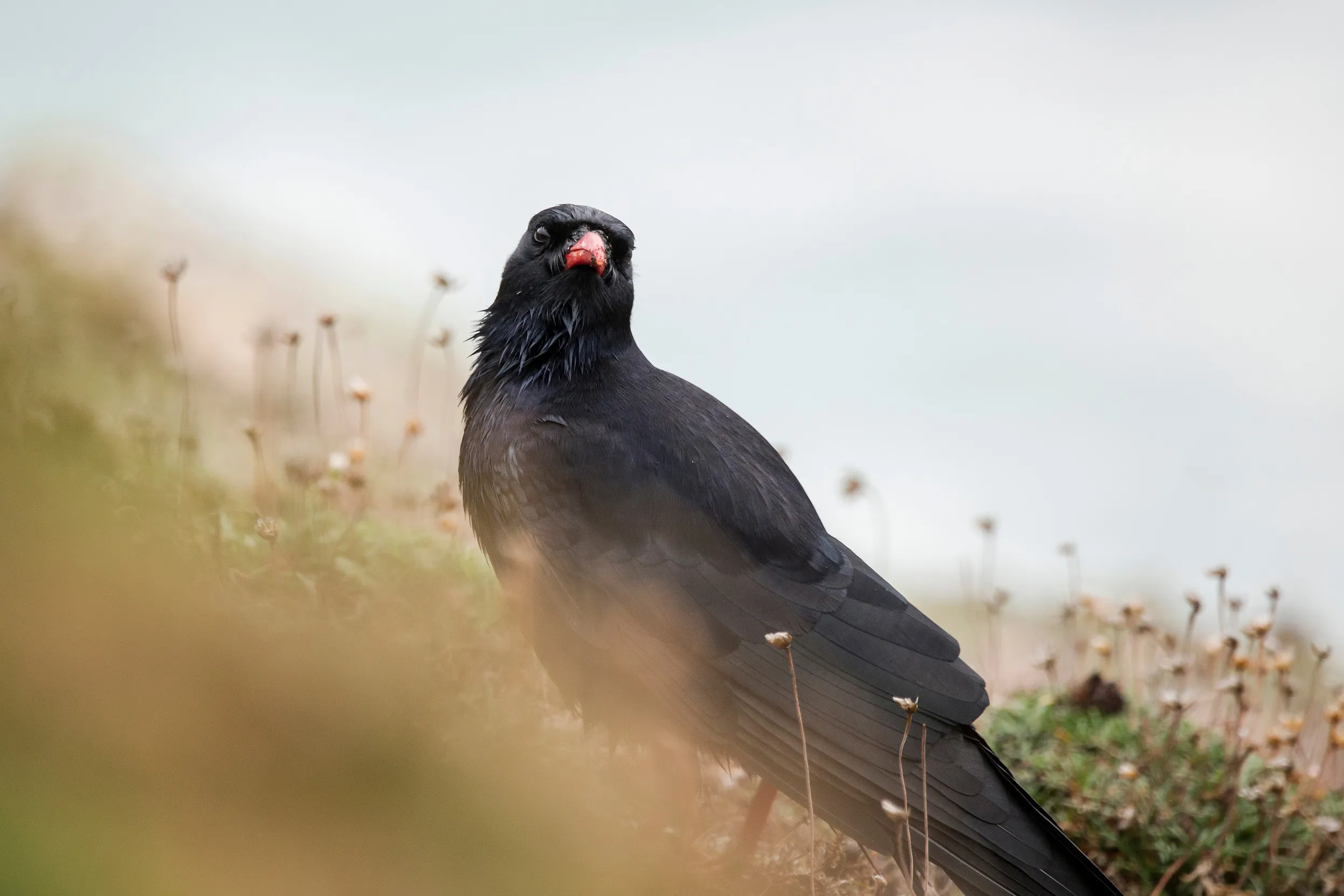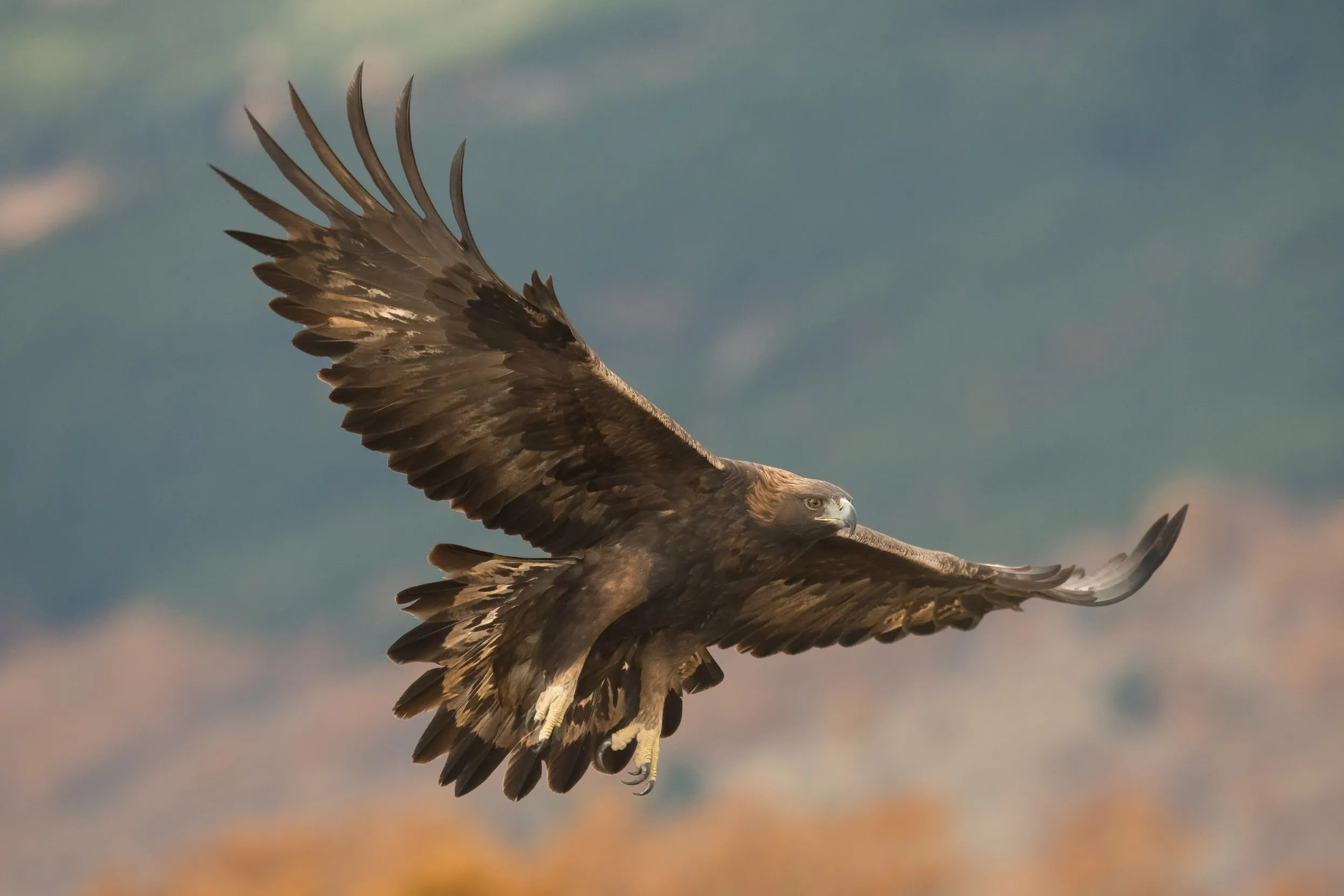
The RSPB has certified 11,578 hectares of woodland and forest on 50 nature reserves under the UK Woodland Assurance Standard (UKWAS).
We work in all four countries of the UK and globally to tackle the nature and climate emergency. Our vision is to deliver a world richer in nature for both wildlife and people.

We work in all four countries of the UK and globally to tackle the nature and climate emergency. Our vision is to deliver a world richer in nature for both wildlife and people. As well as working locally within communities to help birds and other wildlife, we seek to influence systemic change, working with policy makers and others to ensure positive outcomes for nature.
Through RSPB England, RSPB Cymru, RSPB NI and RSPB Scotland, we work closely with local people and within the different political and law-making environments. From efforts on our nature reserves and conservation initiatives, to guidance on policy and projects in the farming and education sectors, we strive to create a Nature Positive future.
We also work internationally as the UK partner of BirdLife International – the global partnership of national conservation organisations. By working with the BirdLife Partnership we have a greater impact, joining with local people and other conservation organisations to help to stem the loss of global biodiversity and achieve a more sustainable world.
England is a country rich in variety, with a wealth of habitats, from high upland moors to the haunting lowland fens. There are ancient woodlands, rugged coasts and wild estuaries, places that can be rich in wildlife and good for people too. We work to protect, restore and create wild spaces for nature that benefit people and wildlife, from reedbed and heathland to chalk grassland and wetlands.
Along our Eastern coast, stretching from the Humber in the north to the Thames in the south, the east coast wetlands is an internationally important area used by millions of birds and home to around 155 bird species. Here we are working with others to safeguard these vital sites and mitigate climate change.
As well working with partners on landscape scale conservation, we manage a vast network of nature reserves in England. These are special places, home to rare and special wildlife such as Avocets and Spoonbills at RSPB Minsmere in Suffolk or Gannets and Puffins at RSPB Bempton Cliffs in Yorkshire.

The RSPB has certified 11,578 hectares of woodland and forest on 50 nature reserves under the UK Woodland Assurance Standard (UKWAS).
Environmental policy is set by the UK Government in Westminster, while the main body responsible for developing environmental policy and drafting environmental legislation is the Department for Environment, Food and Rural Affairs (DEFRA). We campaign and advocate for birds and other wildlife and work with policy makers to bring about positive change for nature.
In England, around three-quarters of land is farmed. This presents a huge opportunity for nature and, as well as running our own nature positive farms, we work with farmers to support nature-friendly farming.
.jpg)
Our work aims to protect and restore the breathtaking landscapes and habitats of Wales, so that they teem with wildlife, and are welcoming places for all to enjoy. Here you can see Choughs swooping above steep coastal cliffs, Red Kites soaring over rugged hillsides and listen to the bubbling calls of Black Grouse in the uplands.
The RSPB has been protecting wildlife in Wales since 1911, when ‘Mrs Jones from Llanddwyn’ became our first paid ‘Watcher’, looking after the nearby Roseate Tern colony on Anglesey. These days, we work right across Wales working in partnership with others and on our nature reserves. This includes efforts to restore the ‘Welsh Rainforest’, a project to revitalise vast swathes of this precious habitat, helping birds such as Pied Flycatchers, Wood Warblers and Redstarts. Another example of our work is on islands around the Welsh coast, such as Grassholm, the first RSPB nature reserve in Wales and home to the third-largest colony of breeding Gannets in the world.

Much of our work to protect nature is focused on the Senedd, the Welsh Parliament, in Cardiff, and we have a small team of policy staff who champion the importance of nature with the Welsh Government. We also work with the statutory nature conservation body, Natural Resources Wales, to ensure our special places continue to be protected and are better managed for wildlife. Our work with farmers is also a key pillar of what we do, and as well as running working farms such as a RSPB Lake Vrynwy, we work with farmers and offer advice to support nature friendly farming.
.jpg)
Northern Ireland is home to all sorts of wonderful wildlife, from lolloping Irish Hares to soaring Red Kites, not to mention stunning scenery as far as the eye can see. Situated on the north-west edge of Europe, with approximately 400 miles of coastline, its position gives it real UK significance in terms of biodiversity.
Around half of all Northern Ireland’s biodiversity is found in its seas and RSPB Rathlin Island offers a window to this world when seabirds such as Puffins, Guillemots and Kittiwakes return there to breed in spring. Other key habitats include large areas of wet grasslands, particularly around Lough Neagh – the largest freshwater lake in the British Isles – such as RSPB Portmore Lough which is home to Whooper Swans and Greylag Geese in winter.
We work on RSPB nature reserves and in partnership with other landowners and conservation organisations to protect and restore places for nature and to help threatened species. As in the rest of the UK, Curlews have suffered huge declines in recent times in Northern Ireland. But we are working with farmers to turn this around and in 2022 recorded a record-breaking breeding season when the number of Curlew chicks successfully fledging in the Glenwherry area more than doubled.

The legacy of decades of political instability continues in Northern Ireland and although this can prove challenging, we continue to campaign and advocate for nature and in partnership with local people all over Northern Ireland, including teachers, schoolchildren, community groups and government officials. We also work together closely with over 400 farmers and land managers to find ways to balance the needs of farming and wildlife.
%20(1).jpg)
Scotland is amazing for wildlife: from Golden Eagles to Otters, Red Squirrels to wintering geese and huge seabird colonies – all set among rugged mountains, moorland, ancient Caledonian pine forests and miles of coastline. However, the challenges we face are many and we are working to better protect and restore Scotland’s rich natural heritage.
We are determined to see Scotland rich in wildlife, and are working locally, in partnership with others and at policy level to achieve this. We are proud to be part of Cairngorms Connect, the biggest habitat restoration project in Britain. This is a partnership of neighbouring land managers, committed to a bold 200-year vision to enhance habitats, species and ecological processes across the Cairngorms National Park. We are also proud to have played a part in significant conservation successes, such as the reintroduction of White-tailed Eagles and Red Kites.
RSPB Scotland is privileged to own or manage some of the most magical places in Scotland, including our 78 nature reserves. As well as providing vital food and shelter for wildlife, they offer wonderful opportunities for people to enjoy nature, from the world-famous Ospreys of Loch Garten to White-tailed Eagles on Mull and Rhum.

Decisions taken by the Scottish Parliament and the Scottish Government have a colossal impact on our wildlife, and we campaign and advocate for policies that will positively impact nature. We work with a variety of people and organisations to deliver for nature in a diverse range of areas. These include: agriculture and farming; wildlife crime; marine and coastal management; climate change; forestry; upland management; site protection; river and freshwater management; seabirds; and planning policy.
.16191800995453202563.jpg)
Wildlife crosses borders, as do the things that threaten it – so it’s vital that conservation crosses borders too. We’re proud to be the UK partner of BirdLife International – the global partnership of national conservation organisations.
We believe that great conservation comes from working together, sharing knowledge and collectively taking responsibility. International work is a cornerstone of what we do, and something we continue to maintain, develop and nurture as we move into the future.
Examples of where we work internationally includes:
Working collectively on the continued conservation of globally threatened priority bird species and habitats.
.jpg)